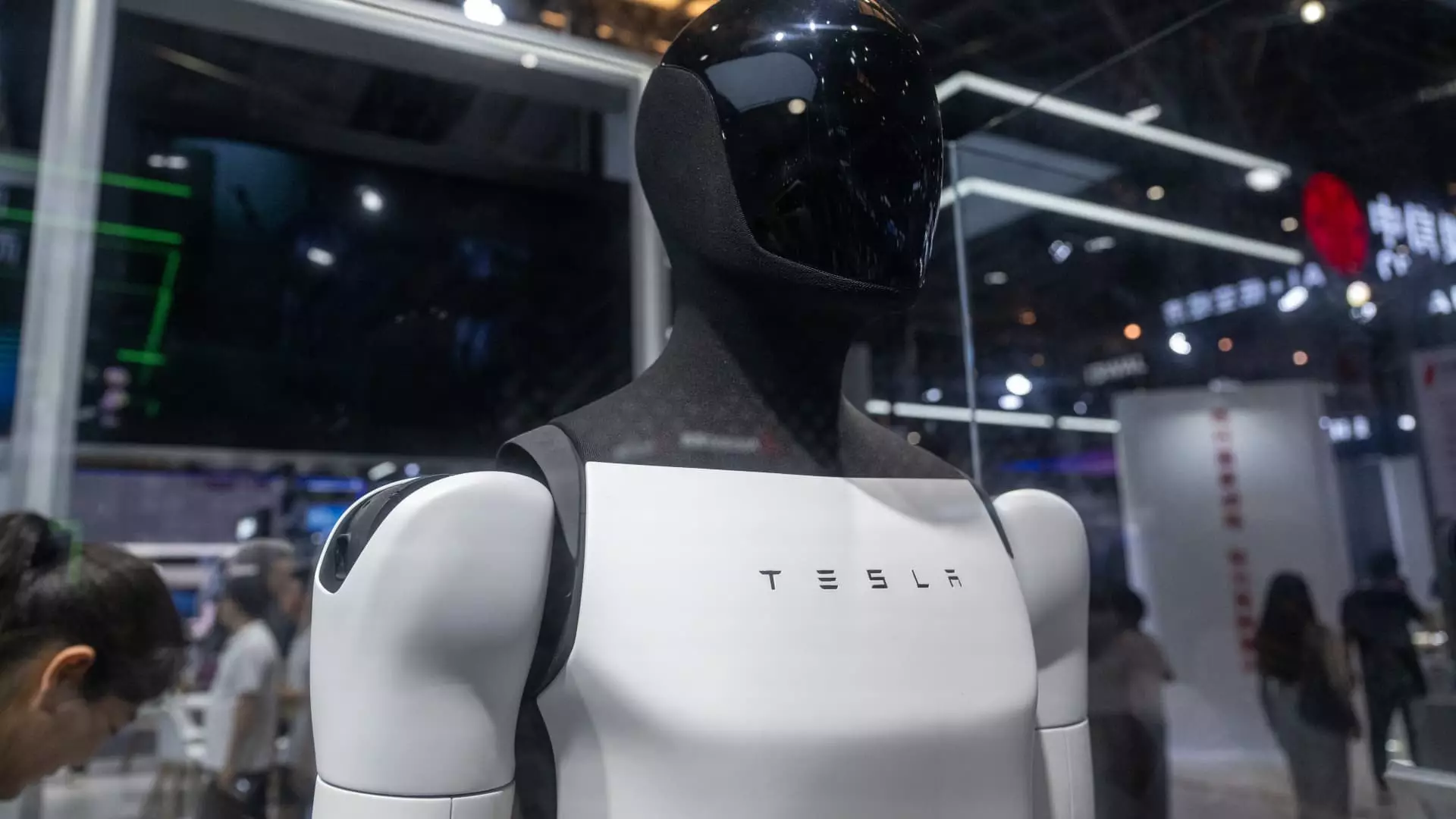Tesla’s CEO, Elon Musk, recently revealed a significant hiccup in the company’s ambitious plans to roll out its Optimus humanoid robots: the newly imposed export restrictions by China on rare earth magnets. This issue does not merely represent a supply chain complication; it stands as a testament to how interconnected global trade dynamics are influencing cutting-edge technological advancements. Given that these magnets are critical components in electric motors and sensors, the fallout of such restrictions could not only impede Tesla’s production plans but also reshape the competitive landscape of the technology and automotive sectors.
China’s position as the dominant producer of rare earth elements gives it considerable leverage in international markets, particularly in high-tech industries. The recent measures, enforced in response to escalating trade tensions, demonstrate a calculated move by Beijing to exert economic pressure. The ramifications, as articulated by Musk during a Tesla earnings call, are a grim reminder of how geopolitical conflicts can stifle innovation and production in the tech realm. Companies like Tesla now find themselves navigating a complex web where politics and commerce merge, emphasizing a pressing need for strategic resource management and supply chain resilience.
Opportunities for Assurance and Collaboration
Musk noted that as part of negotiations with Chinese authorities, Tesla must provide assurances that the rare earth materials will not be exploited for military applications. This request, while reasonable from a regulatory standpoint, shines a light on a broader trend of a heightened sensitivity around the usage of critical resources. It showcases the delicate dance between technological advancement and geopolitical interests. For Tesla, this is an opportunity to build a narrative of transparency and ethical responsibility, as they pivot their messaging to emphasize the peaceful applications of their robotics technology.
Furthermore, this situation points to the significance of international alliances and collaborations in technology development. Rather than solely relying on Chinese resources, Tesla—or any tech company for that matter—could pursue partnerships or joint ventures that can provide alternative pathways for securing these critical materials. Expanding resource partnerships could control costs, diversify supply chains, and reduce dependency on a single market, creating a more sustainable model for innovation.
Competition on the Horizon
Amidst these challenges, the competition in the humanoid robot sector is rapidly intensifying. Companies like Unitree Robotics and AgiBot are gearing up to launch their own humanoid robots, making the stakes even higher for Tesla. The landscape is evolving, and every day that passes without a clear solution to resource access could be detrimental not only to Tesla’s market positioning but also to the broader perception of U.S. technology on the global stage.
As Musk optimistically projected Tesla would produce thousands of humanoid robots this year, the unforeseen hurdles posed by export restrictions could indeed alter timelines and expectations. While Musk marketably asserts that Tesla stands at the forefront of this evolving sector, the competition’s emergence cannot be overlooked. These rival companies may capitalize on U.S. setbacks, further challenging Musk’s vision and goals.
The Financial Implications of Ambitious Growth Plans
Tesla’s ambitions extend far beyond electric vehicles, leaning into humanoid robotics as a new growth vector, especially in the face of declining stock prices and increased market competition. Investors are understandably anxious; the specter of a 37% decline in Tesla’s stock this year reflects the mounting pressures on the company’s performance and outlook. The optimism surrounding the strategic deployment of Optimus robots within Tesla’s own factories encapsulates a bold vision for operational efficiency and automation, but that enthusiasm is dampened by uncertainty over resource access.
The ongoing narrative of uncertainty could impact Tesla’s investor sentiment and deter capital inflow, essential for funding the ambitious ramp-up of robot production. Without addressing supply chain vulnerabilities, even the most ambitious growth prospects may translate into futile efforts grounded by unfulfilled potential.
Ultimately, as Tesla navigates the murky waters of international trade, the company must pivot towards innovative solutions that ensure the continuity of its production plans. The future of automation lies not just in technological prowess but also in the ability to adapt and thrive amidst the complexities of a global economy in flux.

